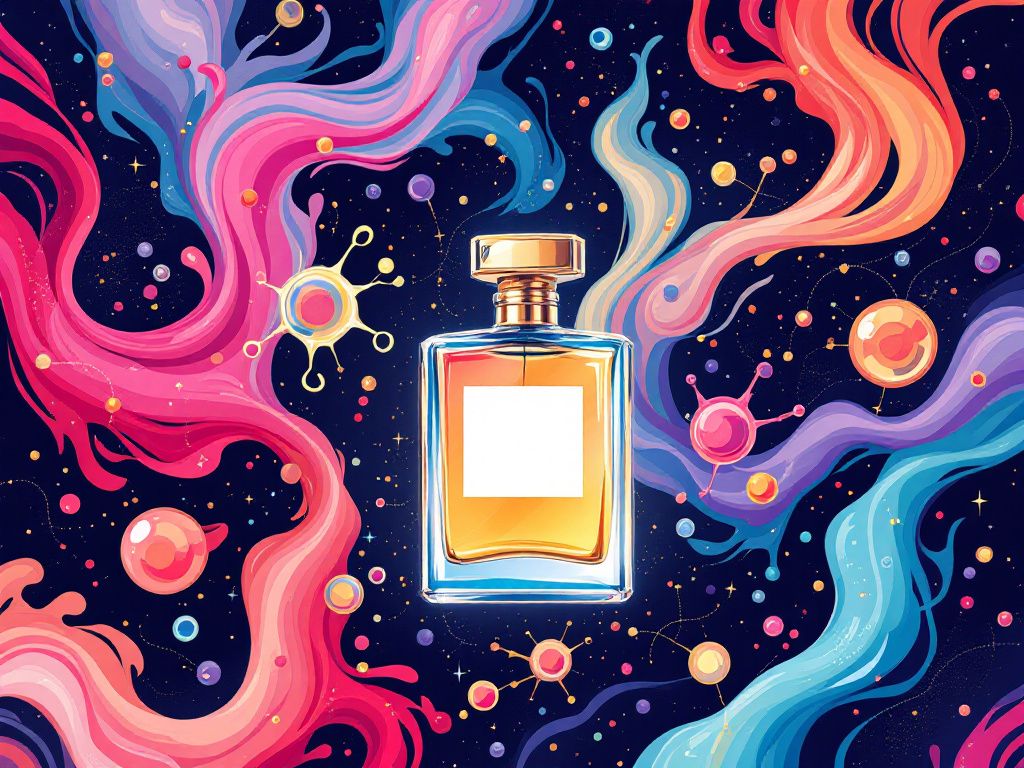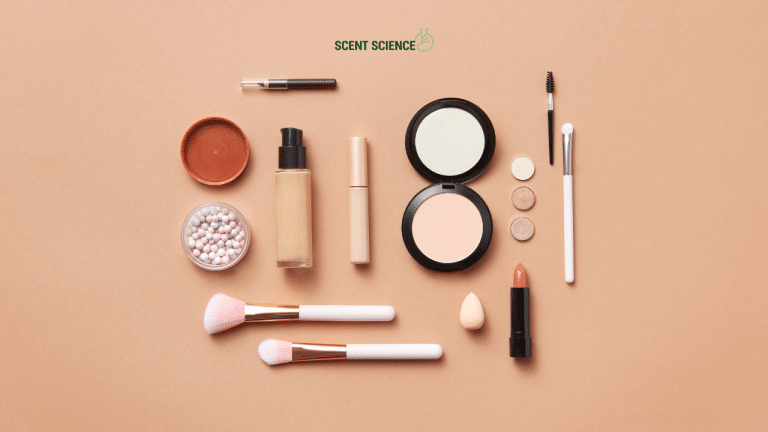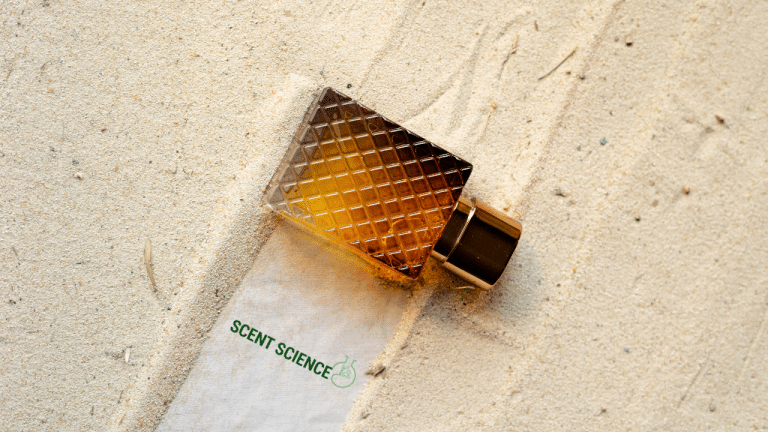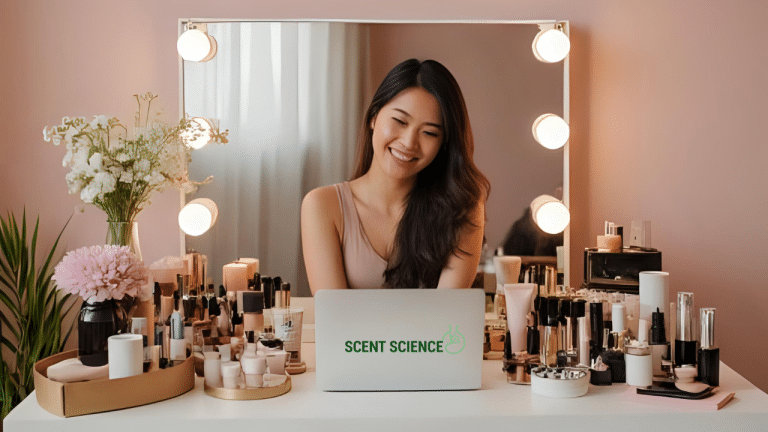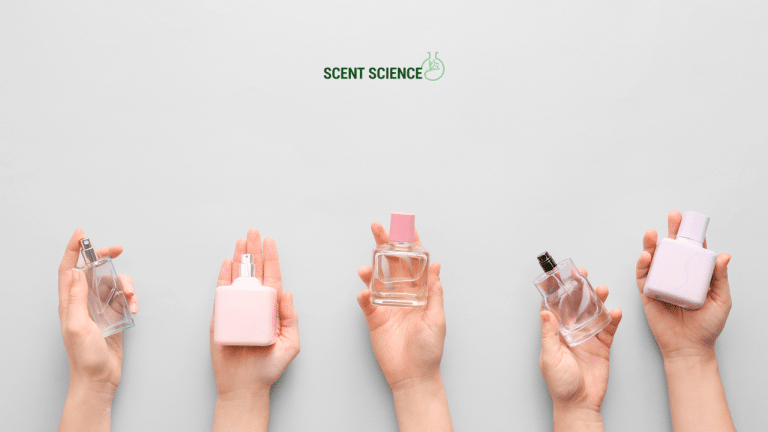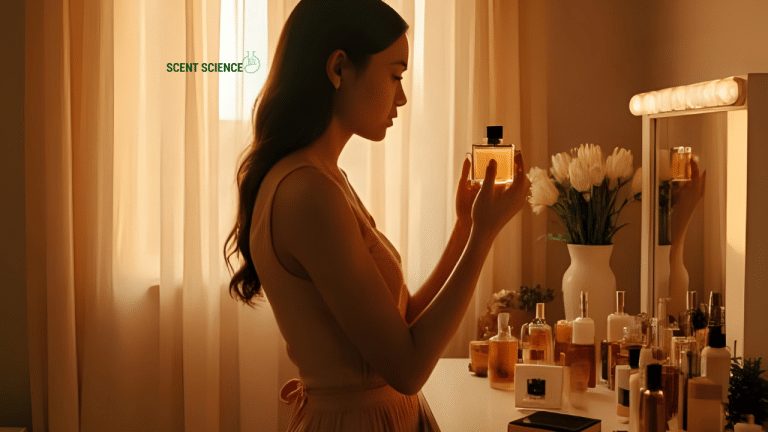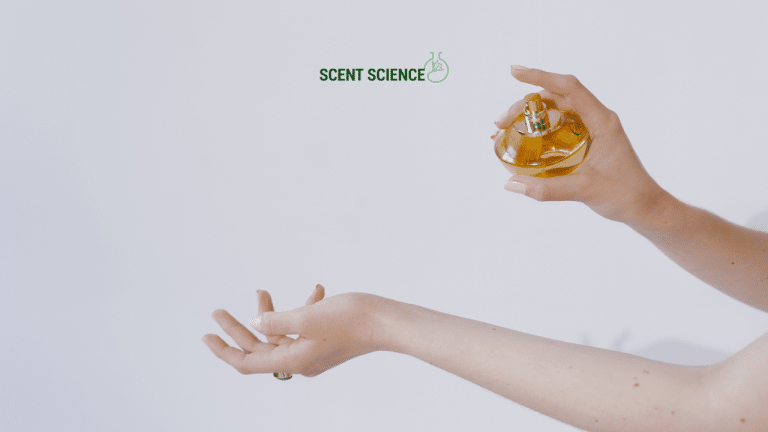Ever wondered why some perfumes linger on your skin while others fade away too quickly? It’s not just magic—there’s real science behind it. Let’s unravel the mysteries of **perfume viscosity** through the lens of **perfume physics** and delve into its intriguing impact on your favorite fragrances.
Table of Contents
ToggleThe Basic Chemistry Behind Your Favorite Fragrances
Before we dive deep into viscosity, it’s essential to get a grip on what goes into a fragrance. At the core, perfumes are an intricate blend of oils, alcohol, and other compounds. These ingredients interact in surprising ways, creating the scents we adore.
Understanding Viscosity in Liquids
If you’ve ever watched syrup drip slowly from a bottle, you’ve witnessed viscosity in action. Viscosity is essentially a fluid’s resistance to flow. Honey is highly viscous; water, on the other hand, flows easily because it’s less viscous.
Perfumes often sit somewhere in between. Ever notice how some perfumes seem thicker or more syrupy? That’s because they have higher viscosity. Viscosity can dictate everything from how a perfume sprays on to how quickly it evaporates and how long the scent clings to your skin.
What Influences Perfume Viscosity?
Several factors contribute to the viscosity of a perfume; it’s not as random as you might think:

- Concentration of Essential Oils: Higher oil concentration typically means higher viscosity. This can make a perfume feel richer and thicker, creating a more lasting scent.
- Types of Alcohols and Solvents Used: Different types of alcohols used in the perfume also affect its flow. Perfume alcohols generally have lower viscosities, making them vital for a balanced scent dispersion.
- Temperature and Storage Conditions: Believe it or not, how and where you store your perfumes can affect their viscosity. Warmer temperatures can decrease viscosity, making perfumes lighter, whereas colder temperatures may increase it.
Key Impact of Viscosity on Perfume Performance
Why should you care about viscosity? Let’s break it down into practical terms:
- Scent Longevity: Higher viscosity can often mean the fragrance will last longer because thicker liquids take more time to evaporate.
- Application Experience: How does it feel when you apply the perfume? A perfume with higher viscosity feels denser, often giving it a luxurious, lasting feel.
- Diffusion and Sillage: Viscosity impacts how a scent diffuses, or spreads out, and its sillage—the trace a scent leaves in the air.
Examining Viscosity Through the Lens of Physics
Perfume viscosities are fascinating to explore through **perfume physics** as they give insights into one of the most personal scientific experiences we encounter every day: smell.
Equation of Flow

The sheer magic of how perfume molecules flow depends on several principles from physical chemistry. Picture the dynamics of how these molecules move. They interact with each other, bouncing off invisibly against the shape of their container—stealing their cue from physics formulas like the Hagen-Poiseuille equation, crucial yet surprisingly impactful on everyday items like perfumes.
Comparing Perfume Ingredients
Here’s a small comparison table showing the fundamental impact of different perfume ingredients on viscosity:
| Ingredient | Viscosity Impact | Typical Perfume Function |
|---|---|---|
| Essential Oils | Increases | Acts as primary fragrance agents |
| Ethanol | Decreases | Solvent to carry and diffuse the scent |
| Water | Slight Increase | Balances formula aesthetics |
| Fixatives | Increases | Reduces evaporation rate |
*Use this table as a handy guide when experimenting with or dissecting your own perfumes.*
The Role of Temperature in Perfume Physics
You’re more of a chemist than you realize if you’ve ever used perfume in summer and noticed it disperses differently compared to winter. The dance involves kinetic energy—temperature, essentially—playing a prime alpha-role. Warmer temps increase molecular motion, carefully weaving the interplay between **perfume physics** and temperature.
Hands-On Experiment: Get That Chemistry Goggles On!
Alright, let’s put on our scientist hats and visual goggles. Try this to experience perfume viscosity hands-on and understand its impact:

- Collect Two Samples: Use two perfumes, one slightly more viscous and one less viscous. You might notice this through how they drip or feel between your fingers.
- Create Different Temperature Environments: Place each sample in different conditions like a cold refrigerator for a short period and another in a slightly warm environment.
- Observe Flow and Longevity: Try spraying each sample separately over identical surfaces. Watch how each differs in flow rate and scent duration over time.
Discoveries Await at Every Corner
Long story short, perfumes are intricate creations. Yet, understanding their backbone—the viscosity through a **fragrance chemistry** lens—gives us power to channel perfumes in more informed means. It isn’t about precision here but feelings, scents, and personal discoveries the real commerce of glam rules.
A Final Note on the Role of Fragrance Chemistry
While we’ve touched lightly on the lavish dance of “vanilla notes” with “prompt pungency by patchouli,” beneath each delicate spray, rests fierce engineering of systems—**fragrance chemistry’s feathers brilliantly fanned** within molds. You now see there’s tangibly more to sniff irrespective of any artistic interpretation encounters.
Conclusion: Unraveling the Perfume Mystery Layer by Layer
Perfume viscosity is more than just a scientific term—it’s a direct line to understanding the nuanced relationship between scent, chemistry, and how our senses perceive time and space. By seeing perfumes through a physical science lens—and thanks mainly to the amazing interplay of **perfume physics**—you’re well on your way to developing a more profound connection with the intimately aromatic world around you.
Just make sure to take that next perfume spritz a tad more deliberately. You’ll experience your fragrance not just with your senses but with a nod to the science pressing from behind the scenes. Isn’t it all art enchanting? Happy perfuming!
Frequently Asked Questions
What is perfume physics?
Perfume physics involves the scientific principles behind how perfume sprays work, including the processes of liquid atomization, pressure dynamics, and the interaction between fragrance molecules and air. It explains how the energy released when pressing the spray cap propels tiny droplets of fragrance into the air, and how these droplets disperse and evaporate to create the scent we perceive[2][5>.
How does the atomization process in perfume sprays work?
The atomization process in perfume sprays involves breaking down the liquid fragrance into tiny droplets when the spray cap is pressed. This is achieved through pressure dynamics, where the built-up pressure in the bottle forces the liquid out in a fine mist. The smaller droplets have a greater surface area to volume ratio, leading to quicker evaporation and dispersion of the fragrance[2][5>.
What are the different notes in a perfume and how do they work?
A perfume is composed of top, middle, and base notes. Top notes are highly volatile and evaporate quickly, providing the initial scent. Middle notes emerge after the top notes fade and are often the heart of the fragrance. Base notes are the heaviest molecules and linger the longest, providing depth to the scent. These notes unfold over time due to their different evaporation rates[5][2>.
Why is it important to apply perfume correctly to maintain its scent?
Applying perfume correctly is crucial to maintain its scent. Rubbing the perfume vigorously can evaporate the top notes too quickly and weaken the overall smell. Instead, it is recommended to apply the perfume lightly and let it spread naturally. Additionally, storing perfume in a cool, dark place helps preserve its quality and shelf life[5][1>.
References
